Check Out These 8 New Species Discovered In 2023
SPECIES DISCOVERED IN 2023 – Here are the eight (8) new fascinating species discovered in 2023.
Humans have explored Earth’s deepest ocean depths and reached the highest peaks, not to mention the moon’s surface. Nevertheless, our planet continues to unveil unexpected findings.
In the first half of 2023, scientists made significant discoveries by identifying numerous previously unknown species across various categories, ranging from tiny insects to amphibians, fish, and mammals. Here are a few of these remarkable newly encountered creatures:
Eastern Mindanao Gymnure (Podogymnura intermedia)
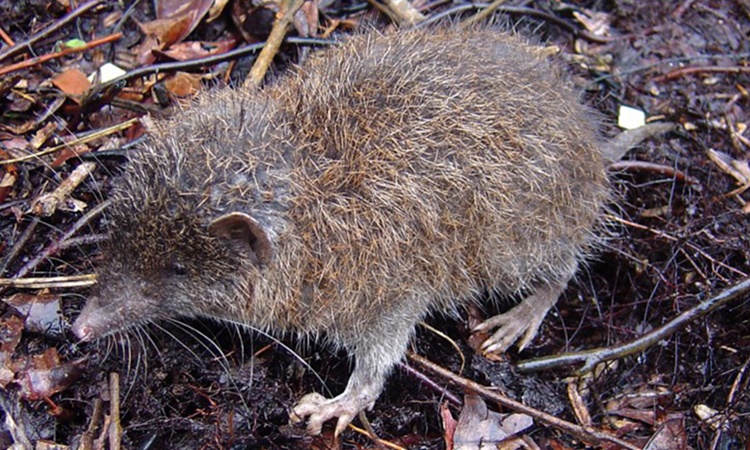
Zoologists from Chicago’s Field Museum, the Philippines, and other regions discovered a new species of gymnure, a hedgehog-like mammal with soft fur and an elongated probing snout. This species exclusively inhabits two mountains on the Philippines’ second-largest island, within the Eastern Mindanao Biodiversity Corridor. Researchers detailed this new gymnure, also known as a moonrat, in the journal Zootaxa in January 2023. Recently, Filipino-Canadian content creator Mikey Bustos discovered a new ant species.
DiCaprio’s Snail-Eating Snake (Sibon irmelindicaprioae)
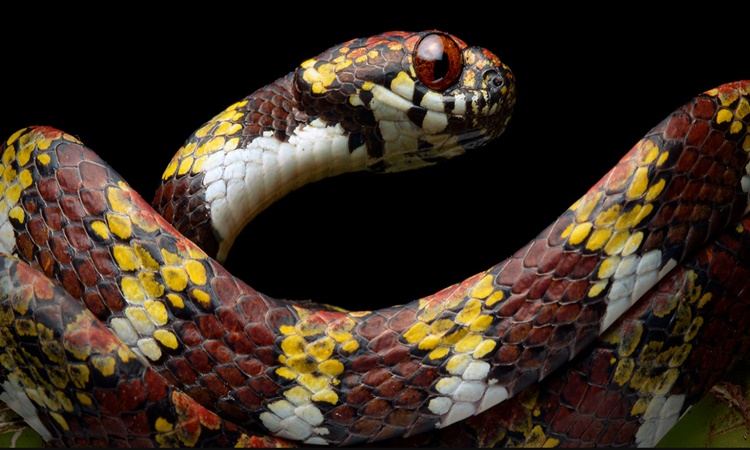
This uniquely patterned snake, known for its red eyes, inhabits the canopy of rainforests in Colombia and Panama. Environmentalist Leonardo DiCaprio named it after his mother, Irmelin, to raise awareness about its vulnerability. This snake, along with four other newly discovered species, faces threats from extensive gold mining in the rainforest, which disrupts its leafy habitat. These findings were published in the journal ZooKeys in February 2023.
A “Gummy Squirrel” (Psychropotes longicauda)
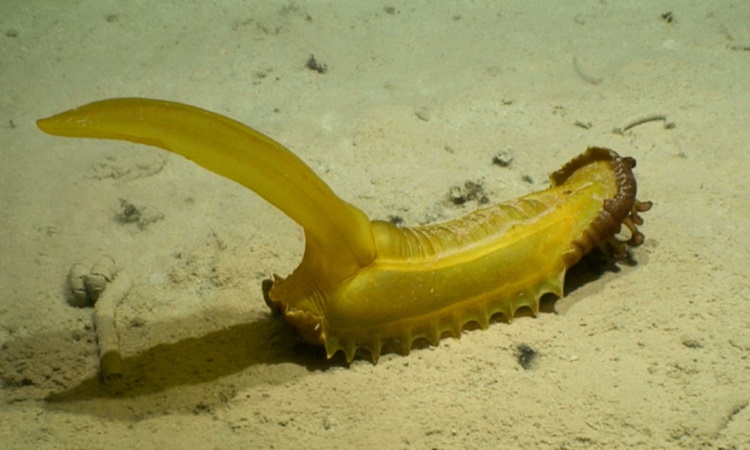
During extensive surveys of the deep ocean between Hawaii and Mexico, scientists identified over 5,000 new species of sponges, arthropods, worms, sea urchins, and other invertebrates. Among them is the Psychropotes longicauda, a sea cucumber affectionately nicknamed the “gummy squirrel” due to its long curved tail, residing at a depth of 16,000 feet. These discoveries, reported in the journal Current Biology in May 2023, shed light on a little-explored part of the seabed, which is also a potential target for deep-sea mining.
A New Spiny-Throated Reed Frog (Hyperolius ukaguruensis)
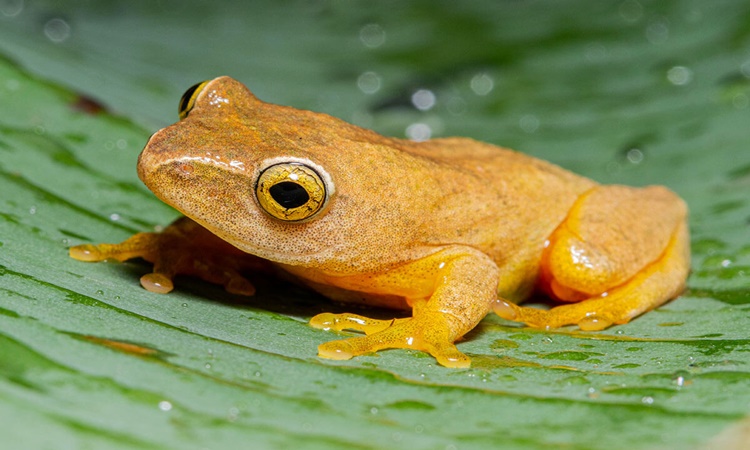
DNA analysis confirmed the presence of this tiny amphibian in Tanzania’s Ukaguru Mountains, representing a new species of spiny-throated reed frog. Unlike most frogs worldwide, H. ukaguruensis does not produce the typical croaking sound, leaving scientists puzzled about its communication methods. Described as “golden greenish-brown” and found in dense swamps, this frog may already face threats from human activities in its forested habitat, according to a February 2023 report in the journal PLOS ONE.
A New Demon Catshark (Apristurus ovicorrugatus)
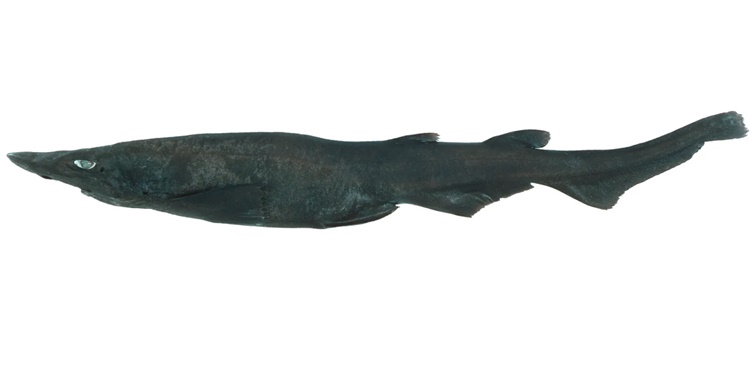
In May 2023, scientists unveiled a new species of shark belonging to the dramatic-sounding genus Apristurus. These demon catsharks navigate the seabed, feeding on benthic prey, and are known for their eerie, cat-like eyes with luminous white irises. Researchers stumbled upon an unusual egg case in a museum collection, leading them to suspect a new catshark species. Fortunately, a research vessel later retrieved a live catshark carrying the same egg case, allowing scientists to confirm their discovery. Their findings were reported in the Journal of Fish Biology.
Stony Fork Crayfish (Cambarus lapidosus) and Falls Crayfish (Cambarus burchfielae)
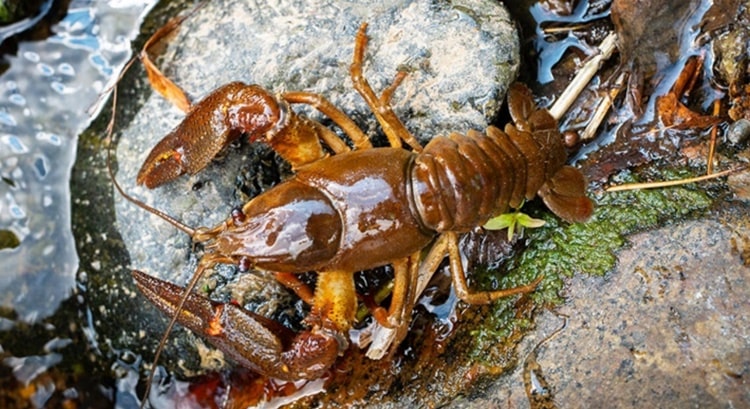
In April 2023, two new species of crayfish, small freshwater crustaceans resembling brown lobsters, were discovered in the picturesque Appalachian Mountains of western North Carolina. Each of these crayfish species is unique to a specific stream system, with the Stony Fork crayfish named after its habitat and the Falls crayfish being endemic to the Lewis Fork. These two streams encompass the entire range of these species, bringing the total number of crayfish species in the state to 51, with the potential for more undiscovered ones hidden under rocks.
Río Negro Stream Frog (Hyloscirtus tolkieni)
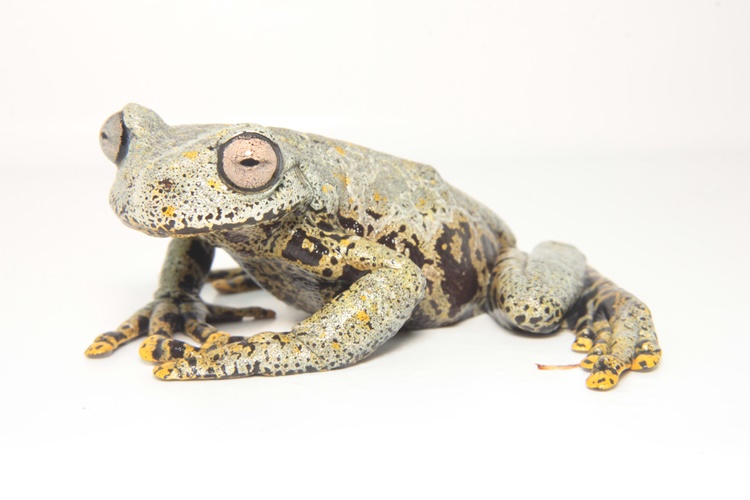
The vibrant colors of this newly discovered amphibian in the Río Negro-Sopladora National Park in the Andes of central Ecuador captured the attention of researchers. This larger-than-average member of the Hyloscirtus genus boasts a mottled grayish-green back, a yellow belly adorned with black splotches, long speckled yellow toes, and rosy pink eyes. Researchers paid tribute to J.R.R. Tolkien, the author of “The Hobbit” and “The Lord of the Rings,” by naming this multicolored frog after him. This species relies on pristine mountain streams for its survival, as detailed in ZooKeys.
Nelson’s Pouncer Grasshopper (Melanoplus nelsoni)
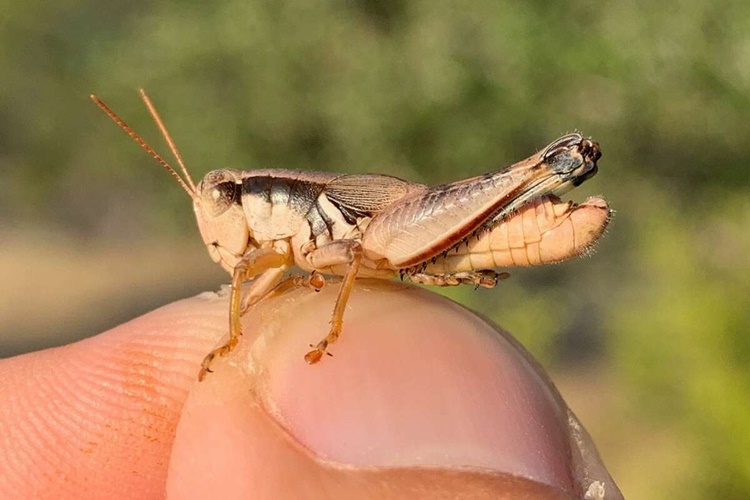
The Edwards Plateau in central Texas, once a vast grassland with limestone-formed hills, has transformed into a scrubby landscape with the arrival of settlers and permanent farms. Nevertheless, scientists continue to discover new species in this biodiverse region. In June 2023, researchers unveiled seven new flightless grasshopper species, one of which they named in honor of Texas legend Willie Nelson. Known as “Nelson’s Pouncer,” this tiny insect, measuring less than an inch in length, calls the ashe juniper forests of Texas Hill Country home. These findings were published in ZooKeys.
Please like and follow/subscribe:
Philnews YouTube Channel
Philnews.ph FB Page
